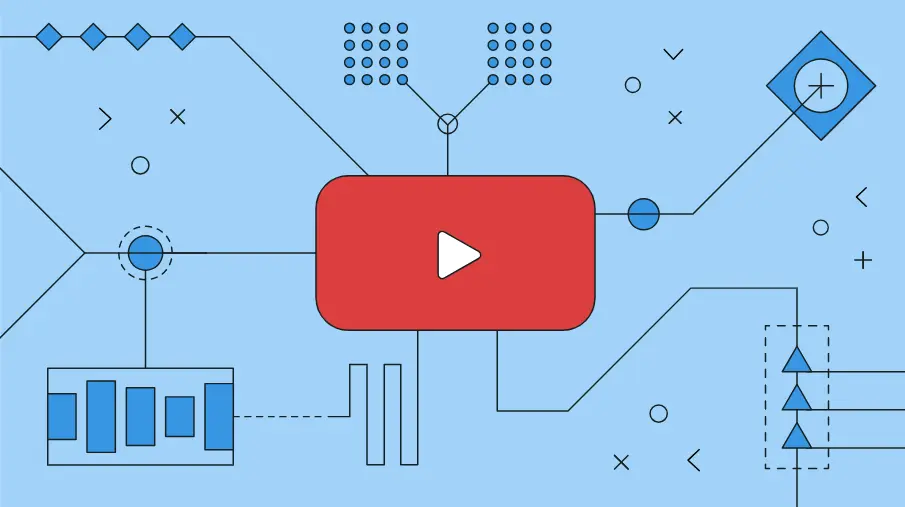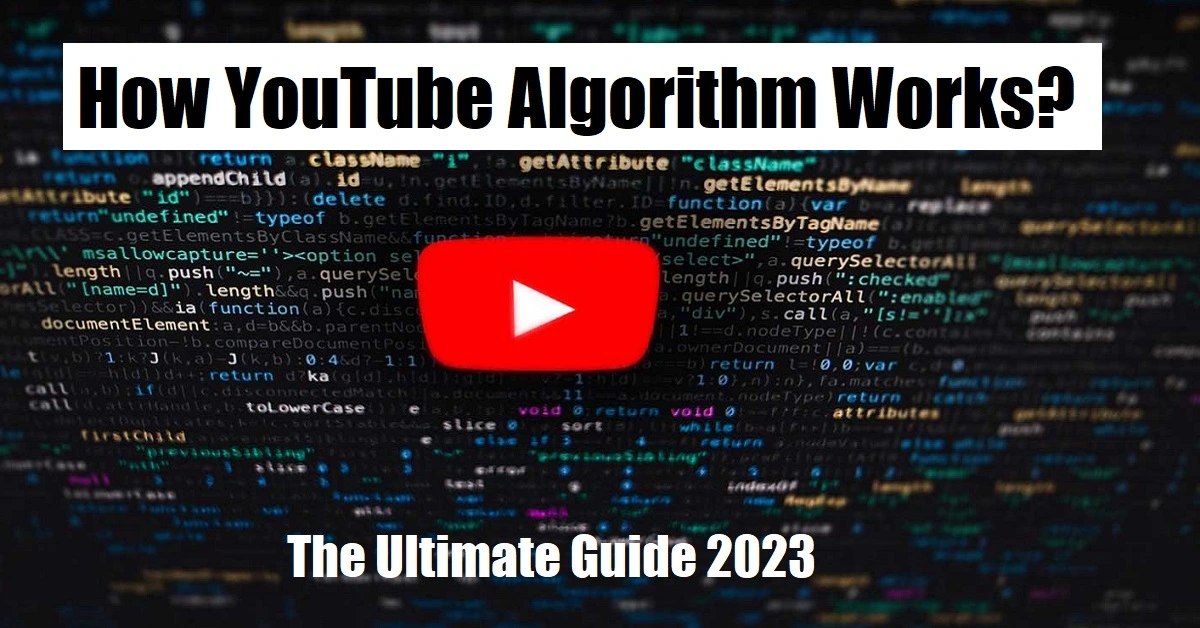How YouTube Algorithm Works – In today’s digital age, YouTube has become a prominent platform for sharing and consuming video content. With billions of videos available, it’s essential for YouTube to have an effective algorithm in place to deliver relevant and engaging content to its users. In this article, we will share the complete details of YouTube algorithm and understand How YouTube Algorithm Works and determines which videos to recommend to viewers.

Understanding YouTube’s Goal
YouTube’s primary goal is to maximize user satisfaction by delivering personalized content that aligns with their interests. The algorithm aims to keep users engaged, encourage longer watch times, and increase overall user satisfaction.
Factors Influencing Video Recommendations
View Count and Engagement
Videos with higher view counts and engagement metrics, such as likes, comments, and shares, are more likely to be recommended. These metrics indicate that the video has resonated with viewers and is potentially interesting to a broader audience.
Relevance and Video Metadata
YouTube’s algorithm analyzes various aspects of a video’s metadata, including titles, descriptions, and tags, to determine its relevance to specific user queries. Accurate and descriptive metadata helps the algorithm understand the content better and match it with relevant search queries.
User Preferences and Watch History
The algorithm considers each user’s preferences and watch history to personalize recommendations. It takes into account the types of videos a user has previously watched, liked, or interacted with to suggest similar content.
Video Quality and Production Value
YouTube also takes video quality and production value into consideration when recommending content. Higher production quality and visually appealing videos have a higher chance of being recommended to users.
Importance of Engagement Metrics
Likes, Dislikes, and Comments
Engagement metrics play a crucial role in determining the success of a video. Likes, dislikes, and comments provide valuable feedback to the algorithm, indicating the level of viewer engagement and satisfaction.
Watch Time and Session Duration
Watch time refers to the amount of time users spend watching a video, while session duration measures the total time spent on the platform. YouTube prioritizes videos that lead to longer watch times and keep users engaged within the platform.
The Role of Machine Learning
Training the Algorithm
YouTube’s algorithm utilizes machine learning techniques to analyze vast amounts of data and learn from user behavior patterns. It learns from user interactions and refines its recommendations over time to improve the user experience.
Collecting User Feedback
User feedback, such as explicit feedback (likes, dislikes) and implicit feedback (watch time, session duration), helps the algorithm understand user preferences better. This feedback loop allows YouTube to make adjustments and improve the accuracy of its recommendations.
Fine-Tuning Recommendations
YouTube regularly fine-tunes its algorithm to adapt to changing user preferences and evolving trends. Continuous monitoring and adjustment ensure that the recommendations remain relevant and engaging to users.
YouTube’s Recommendations Strategies
Suggested Videos
The “Suggested Videos” section appears on the right sidebar or below the video player. It recommends videos related to the one being watched, based on user behavior and preferences.
Trending and Popular Videos
YouTube’s algorithm identifies trending and popular videos based on factors like the number of views, shares, and engagement within a specific timeframe. These videos appear in the “Trending” section, attracting more visibility and potential viewership.
Subscription Feed
The subscription feed shows the latest uploads from channels users have subscribed to. The algorithm takes into account users’ subscriptions and prioritizes content from those channels in the feed.
Challenges and Controversies
Filter Bubbles and Echo Chambers
One challenge YouTube faces is the formation of filter bubbles and echo chambers. The algorithm’s personalized recommendations can reinforce existing beliefs and limit exposure to diverse perspectives. YouTube strives to address this issue by introducing more diverse content and providing users with control over their recommendations.
Clickbait and Misleading Titles
Clickbait and misleading titles are another concern on YouTube. Content creators sometimes use sensationalized titles and thumbnails to attract clicks, which can result in misleading or irrelevant content. YouTube employs systems to identify and penalize such practices, ensuring a more accurate and reliable user experience.
Dealing with Inappropriate Content
YouTube continually works to combat inappropriate and harmful content on its platform. It relies on a combination of automated systems and user reports to identify and remove content that violates its policies. The algorithm plays a crucial role in flagging potentially harmful content for manual review.
Also Read: How to use YouTube Studio to Grow Your Channel – Guide 2023
Conclusion
The YouTube algorithm plays a vital role in delivering personalized and engaging content to users. By considering factors like view count, engagement, relevance, user preferences, and video quality, it aims to provide a seamless and enjoyable viewing experience. YouTube continues to refine its algorithm, addressing challenges and controversies to ensure a safe and diverse content ecosystem for its users.
FAQs
- How does YouTube decide which videos to recommend?
- YouTube determines video recommendations based on factors like view count, engagement metrics, relevance, user preferences, and video quality.
- Does YouTube’s algorithm favor certain types of content?
- YouTube’s algorithm does not favor specific types of content. It aims to provide personalized recommendations based on user preferences and interests.
- Can creators manipulate the algorithm to gain more views?
- While creators can optimize their content for better visibility, attempts to manipulate the algorithm through unethical practices can result in penalties and decreased visibility.
- How does YouTube handle controversial or sensitive topics?
- YouTube has policies in place to handle controversial or sensitive content. The algorithm works alongside manual reviews and user reports to identify and take appropriate action.
- Is YouTube working to address the challenges associated with its algorithm?
- Yes, YouTube is actively working to address challenges like filter bubbles, clickbait, and inappropriate content. It continues to refine its algorithm and implement measures to provide a safer and more diverse environment for users.


Leave a Reply